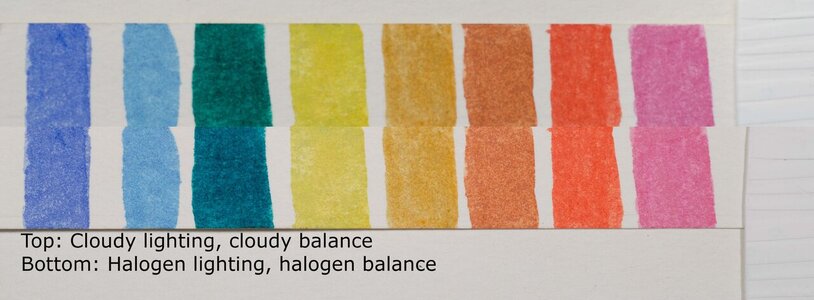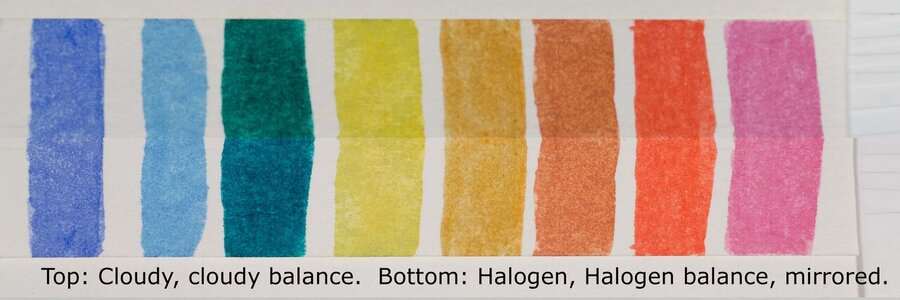- Joined
- Jul 27, 2004
- Messages
- 2,083
SOLUX makes very high quality full spectrum bulbs. These are used by art galleries and museums to light up artwork, where you want to ensure you are seeing the true colors. I use these bulbs when photographing the stones as they are very true to natural sunlight.
The worst bulbs for viewing gemstones or really anything are CFL bulbs. They are very strong in the green spectrum, so they do make peridot and chrysoberyl look nice, but for most stones they are horrid.
People will have a hard time with a spectroscope and their gems, if they don’t have a good light source. For a high quality spectroscope set up the light source will often cost almost as much as the scope, as it’s very important to have a full spectrum light with out drastic peaks in certain colors.
The worst bulbs for viewing gemstones or really anything are CFL bulbs. They are very strong in the green spectrum, so they do make peridot and chrysoberyl look nice, but for most stones they are horrid.
People will have a hard time with a spectroscope and their gems, if they don’t have a good light source. For a high quality spectroscope set up the light source will often cost almost as much as the scope, as it’s very important to have a full spectrum light with out drastic peaks in certain colors.






300x240.png)